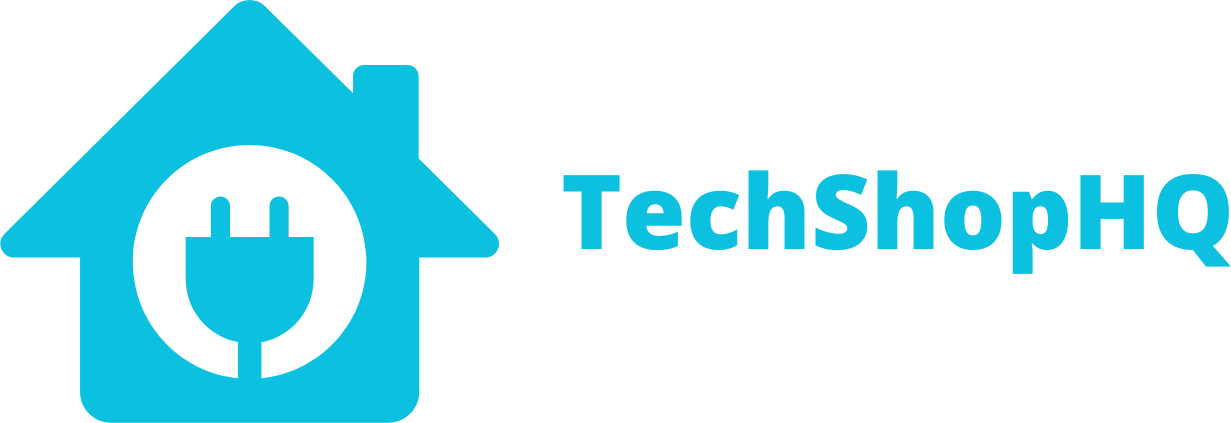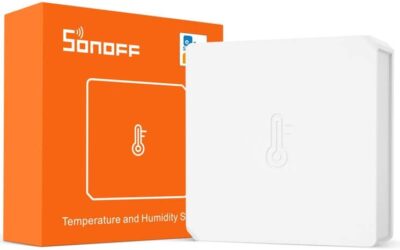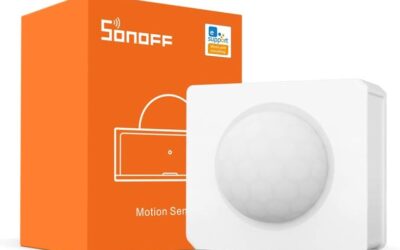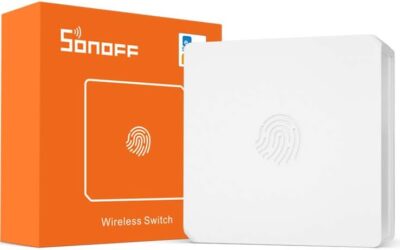Understanding Smart Home Technologies: A Comprehensive Guide
Table of Contents
- Introduction
- Smart Home Connectivity
- Home Automation
- Smart Assistants
- What Can You Do with IoT Devices?
- Cost Savings with Smart Home Devices
- Getting Started with Smart Homes
- Smart Home Statistics
- Recap
- Keywords from the Article
Introduction
Welcome to the future of home living! In 2023, the concept of smart homes has evolved from a futuristic dream to a practical reality. Imagine a home where your lights, thermostat, and even your coffee maker can be controlled with a simple voice command or a tap on your smartphone. That’s the magic of smart home technology, and in this comprehensive guide, we’ll take you on a journey through this exciting world.
The Rise of Smart Homes
Smart homes are no longer reserved for the tech elite. They are becoming increasingly popular among everyday homeowners. The driving force behind this revolution is the Internet of Things (IoT), a network of interconnected devices that communicate and work together to make your life easier and more convenient.
Smart Home Connectivity
The Backbone of Smart Homes
At the heart of any smart home is connectivity. These IoT devices need a way to communicate with each other and with you. There are various connectivity options available, each with its own set of advantages and disadvantages. Let’s explore some of the most common ones:
Wi-Fi
Wi-Fi is perhaps the most familiar and widely used connectivity option for smart devices. It offers high-speed internet access, making it ideal for devices that require a lot of data, like cameras and video doorbells. However, it can also be a power-hungry option, affecting the battery life of your devices.
Zigbee
Zigbee is a low-power, wireless communication protocol that excels in connecting smart home devices. It’s energy-efficient and offers excellent range, making it a popular choice for smart lighting and sensors. However, it requires a central hub for communication.
Bluetooth
Bluetooth is another wireless option commonly used for connecting smart devices. It’s known for its simplicity and ease of use. Bluetooth devices are often used for short-range connections, like connecting your smartphone to a smart lock. However, the range is limited compared to Wi-Fi and Zigbee.
Cellular
Cellular connectivity is reliable and doesn’t depend on your home’s Wi-Fi network. It’s often used for security systems and devices that need to stay connected even when your home internet is down. However, it may come with monthly data charges.
Landline
Traditional landlines are rarely used for smart home devices today, but they offer a stable and reliable connection. They may be suitable for devices in areas with poor cellular coverage.
The Importance of Reliable Connectivity
Having reliable connectivity is crucial for the smooth operation of your smart home. Imagine a security camera that can’t send alerts when it detects motion because it lost its connection. To avoid such issues, it’s essential to choose the right connectivity option for each device and ensure your home network is robust.
Home Automation
Your Home, Automated
One of the most exciting aspects of smart homes is automation. It’s like having a personal assistant who can handle routine tasks for you. Here’s how it works:
Schedules
With smart home technology, you can schedule devices to perform specific actions at certain times. For example, you can program your thermostat to lower the temperature when you’re at work and raise it before you return home, saving energy and money.
Trigger Actions
Automation can also be triggered by specific events. For instance, your smart doorbell can trigger your smart lights to turn on when someone approaches your front door at night, enhancing security and convenience.
If This Then That (IFTTT)
IFTTT is a powerful platform that allows you to create custom automation rules by connecting different devices and services. For instance, you can set up a rule that turns on your lights when your phone’s GPS detects that you’re nearing home.
Automation not only adds convenience to your life but also helps you save time and energy.
Smart Assistants
Your Voice-Activated Helpers
Imagine controlling your entire home with just your voice. That’s the power of smart assistants, such as Alexa, Google Assistant, Siri, and Cortana. These virtual helpers can perform a wide range of tasks and interact with your smart devices.
Alexa, Google Assistant, Siri, and Cortana
These voice assistants have become household names, and each has its unique strengths. Alexa, for instance, is known for its vast library of skills and compatibility with a wide range of smart devices. Google Assistant excels in answering questions and controlling Google ecosystem devices. Siri is deeply integrated with Apple products, and Cortana is Microsoft’s virtual assistant.
Controlling Your Smart Devices
Smart assistants make it easy to control your devices using natural language commands. You can ask them to turn on lights, adjust the thermostat, play music, or even order groceries online. They’re the bridge between you and your smart home.
What Can You Do with IoT Devices?
The Versatility of IoT
IoT devices offer a wide range of functions, enhancing your lifestyle in various ways. Here are some of the key functions they provide:
Remote Control
With IoT devices, you can control your home from anywhere in the world using your smartphone. Forgot to turn off the lights before leaving for vacation? Not a problem; just tap your phone to turn them off.
Notifications
IoT devices can keep you informed in real-time. Receive alerts when your security camera detects motion, when your smart lock is unlocked, or when your washing machine has finished its cycle.
Voice Commands
Thanks to smart assistants, you can control your devices with voice commands. Simply say, “Turn on the coffee maker,” and your morning brew starts brewing.
Geofencing
Geofencing allows your devices to trigger actions based on your location. For example, when you approach your home, your smart thermostat can adjust the temperature to your preferred setting.
Scenes
Create custom scenes to set the mood. A “movie night” scene could dim the lights, lower the blinds, and start streaming your favorite film—all with a single command.
Smart Home Integrations
IoT devices can work together seamlessly. For instance, your motion sensor can trigger your security camera to start recording when it detects movement.
IoT devices bring flexibility and convenience to your daily life.
Cost Savings with Smart Home Devices
Smart Solutions for Your Wallet
Smart home technology isn’t just about convenience; it’s also about saving money. Let’s explore how these devices can help you keep more money in your pocket.
Energy-Efficient Lighting, Thermostats, and Plugs
Smart lighting systems use energy-efficient LED bulbs and allow you to control them remotely. You can dim the lights, set schedules, and even change colors to match your mood. Smart thermostats like the Nest Learning Thermostat learn your preferences and adjust the temperature to save energy. Smart plugs let you turn off appliances remotely, preventing energy waste.
Early Detection of Water Leaks
Water damage can be a costly nightmare. Smart water leak detectors can alert you to leaks or flooding, allowing you to take immediate action. This early detection can prevent expensive repairs and water bills.
Enhanced Security Against Theft
Smart security systems offer real-time monitoring and alerts. When integrated with smart cameras and locks, they provide a robust defense against intruders. This can save you the cost of potential theft or property damage.
The Potential Cost of Not Having Smart Devices
It’s worth considering the cost of not having smart devices in your home. The energy savings, prevention of damage, and added security can add up over time, potentially outweighing the initial investment.
Getting Started with Smart Homes
Tips for Beginners
If you’re new to the world of smart homes, it may seem overwhelming at first. Here are some tips to help you get started:
Starting with a Smart Speaker or Display
A smart speaker or display, like the Amazon Echo or Google Nest Hub, is an excellent entry point. They serve as central hubs for your smart home and are easy to set up.
Affordable Options in the Market
You don’t have to break the bank to start your smart home journey. Many budget-friendly devices offer excellent performance and features. Start small and expand your ecosystem gradually.
The Variety of Devices Available for Customization
The beauty of smart homes is their versatility. You can choose devices that fit your specific needs and preferences. From smart lights and locks to thermostats and cameras, there’s a device for every aspect of your home.
Smart Home Statistics
Tracking the Trend
Curious about the current state of smart home adoption? Let’s take a look at some interesting statistics:
Growth of Smart Speaker Ownership
Smart speakers like Amazon Echo and Google Home have seen explosive growth. They have become common fixtures in households, acting as the gateway to smart home control.
A Brief Comparison of Google Assistant, Alexa, and Siri
Voice assistants play a central role in the smart home experience. We’ll briefly compare three of the most popular ones: Google Assistant, Alexa, and Siri. Each has its strengths and limitations, so choosing the right one depends on your preferences and ecosystem.
Recap
Your Smart Home Journey
In conclusion, smart home technology offers a world of possibilities. It’s no longer a luxury but a practical and accessible way to make your life more convenient and efficient. From connectivity options to automation and smart assistants, you have the tools to create a smart home tailored to your needs. And remember, building a smart home doesn’t have to be expensive; there are plenty of budget-friendly options available.
This comprehensive guide provides you with a roadmap to understanding and embracing smart home technologies. Whether you’re a tech enthusiast or just curious about the future of home living, the world of smart homes has something to offer for everyone.






